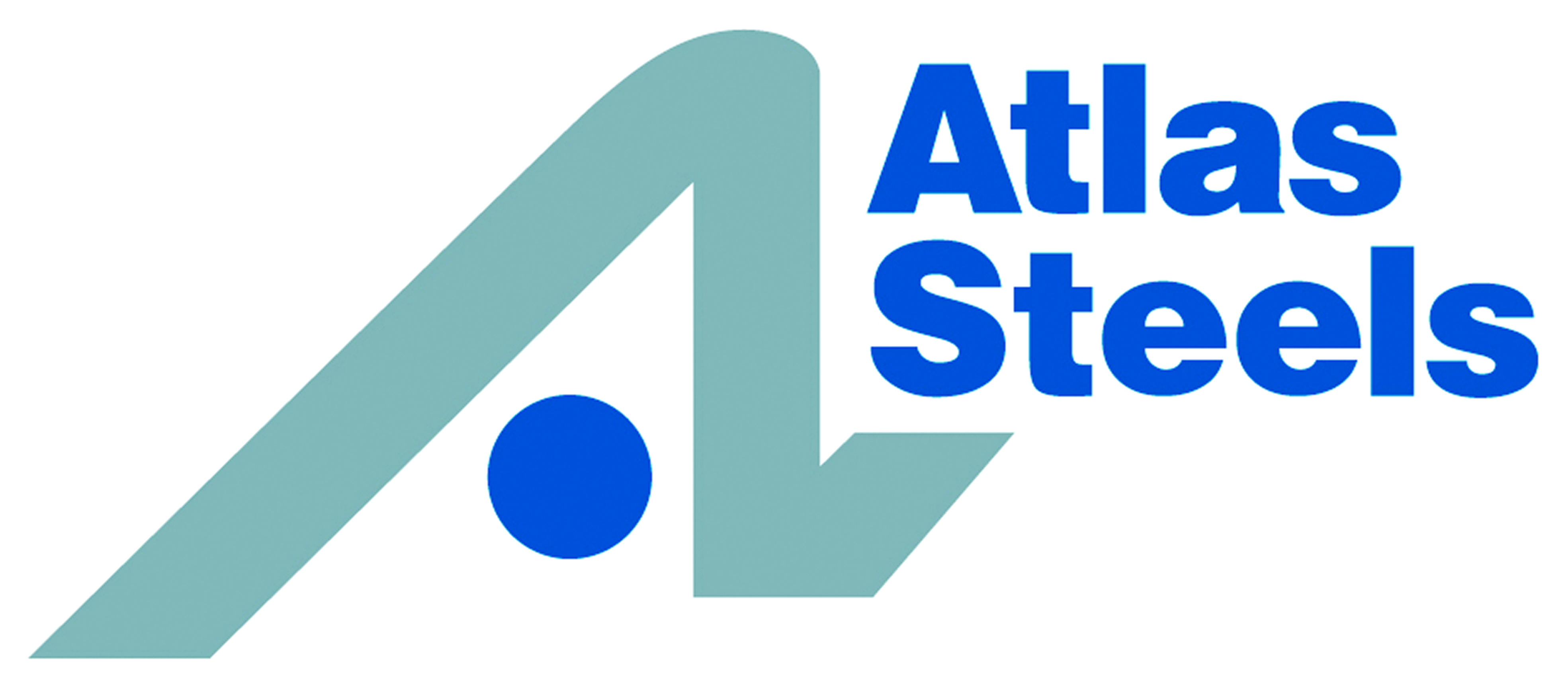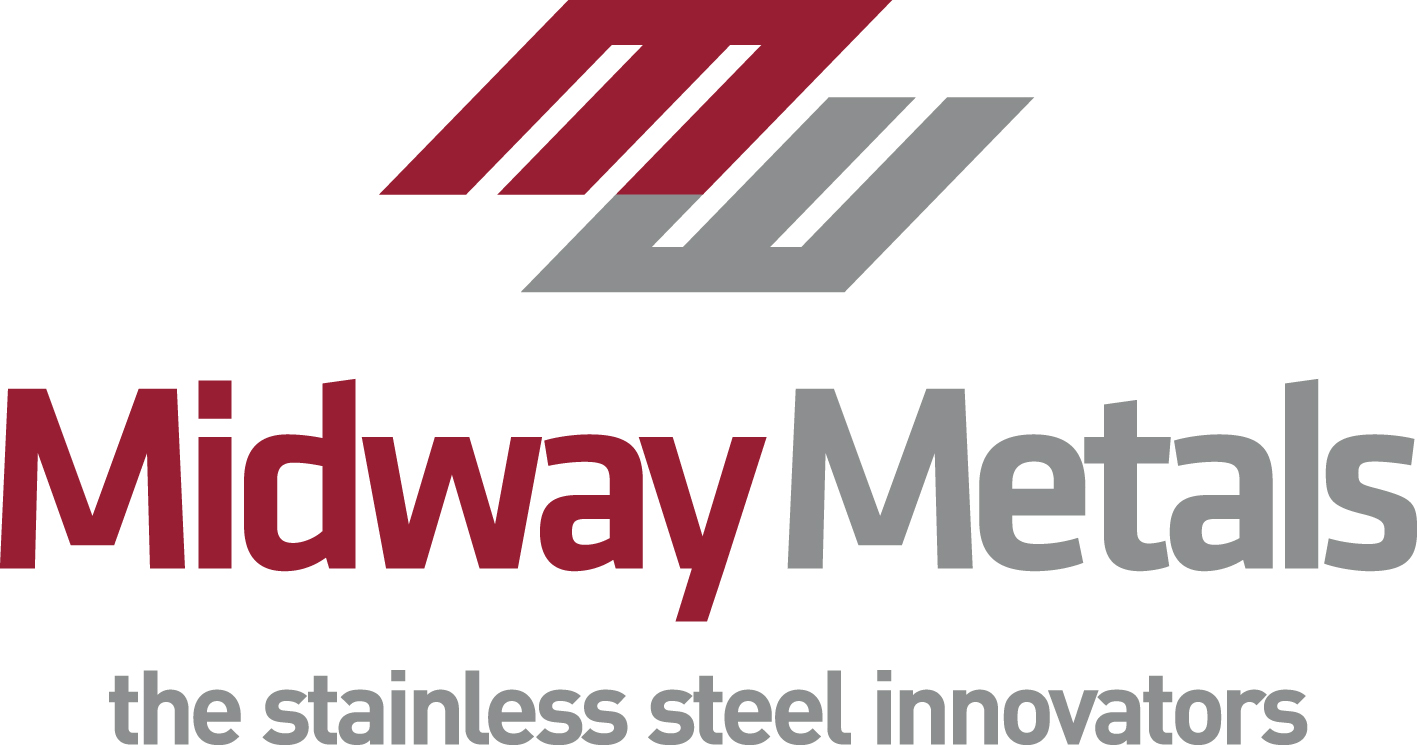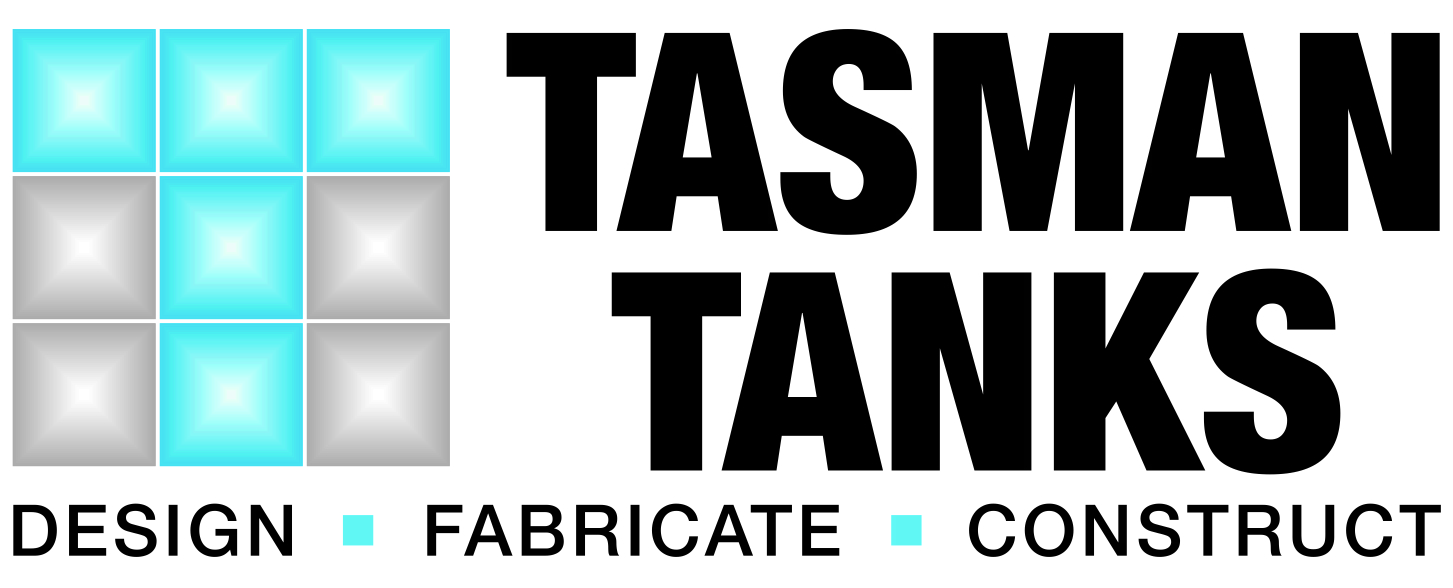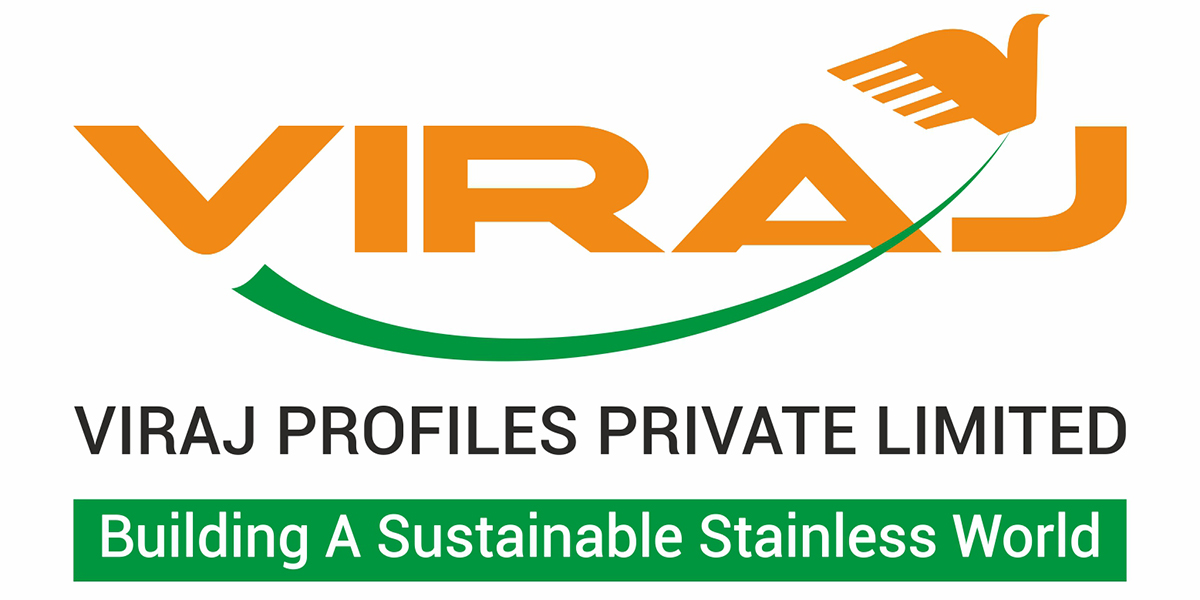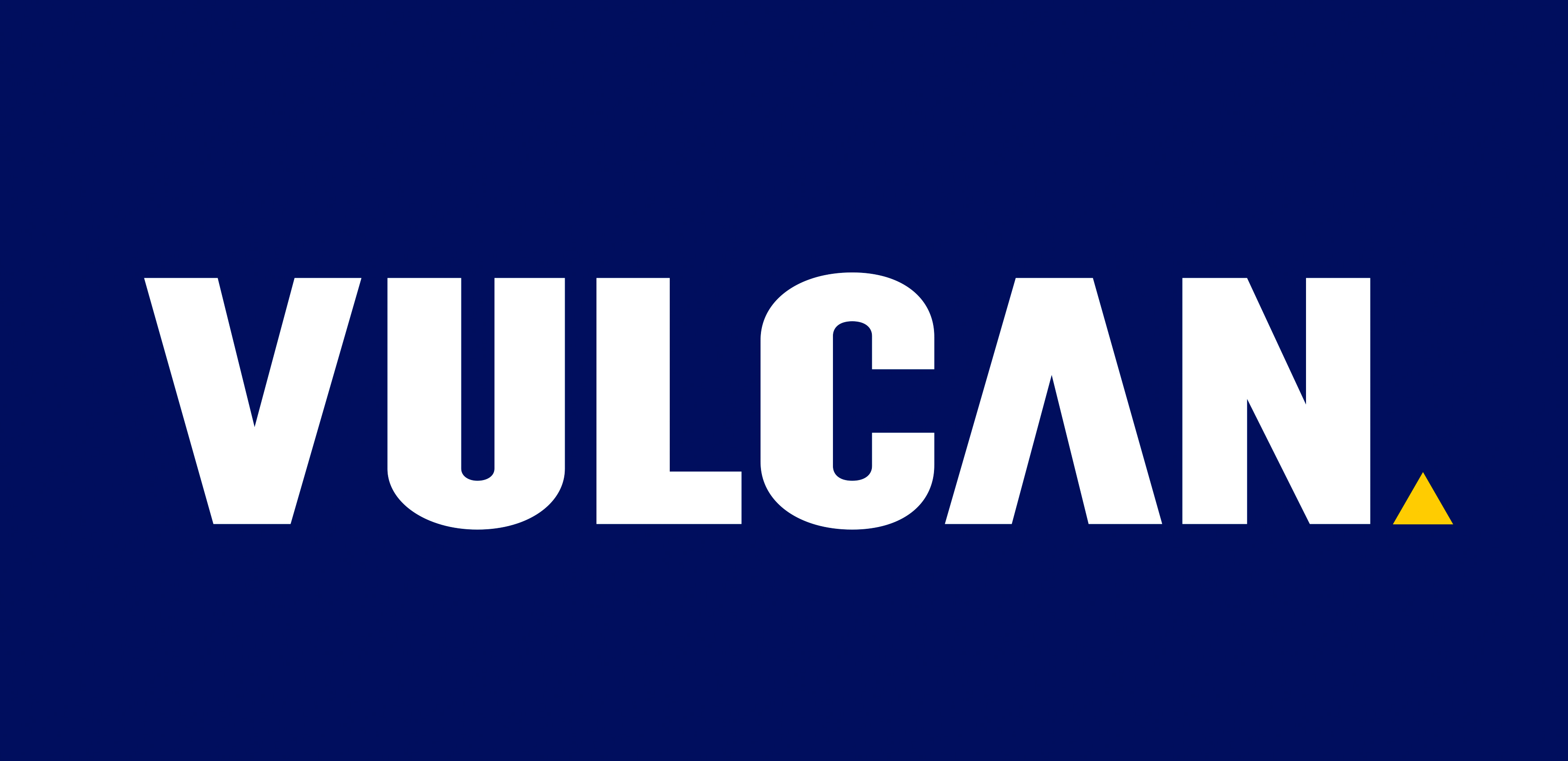For many boating applications grade 304 (UNS S30400/S30403) stainless steel fittings have proven adequate. The current industry standard, however, is grade 316 (UNS S31600/S31603 - commonly termed "marine grade" stainless) which offers a solution to around 90% of marine applications. Grades 304 and 316 are austenitic (300 series) stainless steels due to their metallurgical structure (austenite) which gives them excellent ductility, good strength, non-magnetic properties, good weldability and very good corrosion resistance.
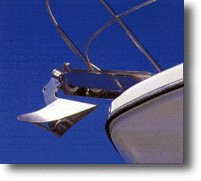 Stainless steel's corrosion resistance depends on the formation of a "passive" chromium oxide film on the metal surface which is highly resistant to corrosion. In grades 304 and 316, about 18% of chromium is added to generate this film and, in 316, 2% molybdenum is added to further improve the corrosion resistance. Grade 304 is usually only suitable for fittings which are frequently washed with fresh water. Grade 316 is suitable for the construction of deck fittings and critical rigging components where salt can concentrate due to evaporation and lie in crevices - conditions which can cause pitting of 304.
Stainless steel's corrosion resistance depends on the formation of a "passive" chromium oxide film on the metal surface which is highly resistant to corrosion. In grades 304 and 316, about 18% of chromium is added to generate this film and, in 316, 2% molybdenum is added to further improve the corrosion resistance. Grade 304 is usually only suitable for fittings which are frequently washed with fresh water. Grade 316 is suitable for the construction of deck fittings and critical rigging components where salt can concentrate due to evaporation and lie in crevices - conditions which can cause pitting of 304.
Occasional failures of stainless steel due to pitting and crevice corrosion, stress corrosion cracking and fatigue have been recorded, but availability of improved materials such as duplex stainless steels, and better information on grade selection for specific operating conditions, offer solutions where there are problems.
Duplex stainless steels consist of a microstructure of approximately 50% austenite and 50% ferrite grains. The three most common types in marine applications are UNS S32304 (commonly known as 2304), UNS S31803 (2205) and UNS S32750 (2507)* and of these the most common is S31803. Some properties of S31803 include:
- yield strength twice that of 304 or 316;
- much higher resistance to pitting and crevice corrosion in seawater than 316; and
- twice the fatigue and corrosion fatigue strength of 316.
The key to obtaining optimum results from stainless steel in marine applications is the use of the appropriate stainless steel for the specific application.
* S32750 is a member of the super duplex family, which contains a number of similar proprietary alloys with different names and UNS designations.
Pitting Corrosion
The diagram below indicates the temperature and salt (chloride) concentration at which pitting occurs for various austenitic and duplex stainless steels. It is clear that in seawater 316 will perform well up to around 30çC while the more highly alloyed S32750 will not suffer corrosion at all in seawater up to boiling point.
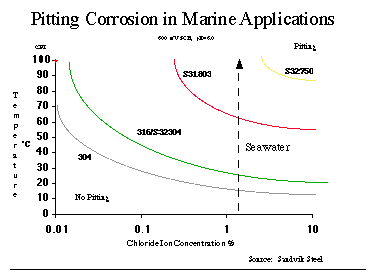
Crevice Corrosion
In situations where crevices exist, such as at propeller shaft glands and bearings where bolts and chainplates pass through the hull or deck, or where barnacles can grow, severe crevice corrosion can occur. As a general rule, crevice corrosion will occur at around 15-20çC below the temperature at which pitting occurs.
In many cases, grade 316 proves satisfactory. The diagram above shows that crevice corrosion can be expected in grade 316 at temperatures above 10-15çC in seawater, thus making it unsuitable for immersed applications where crevices exist. For this reason, propeller shafts made from 316 are usually galvanically protected. This may be with a separate zinc anode, but a bronze propeller on the 316 shaft could provide the same effect - the bronze slowly corrodes, protecting the shaft and allowing it to perform satisfactorily.
Stress Corrosion Cracking
This form of corrosion is quite common in grades 304 and 316 in wet diesel exhausts above 60çC. There have also been cases reported in cold-worked 304 and 316 rigging, chain links, deck fittings and chainplates under operating conditions. This is most usually overcome by using duplex grades or, in some special applications, high nickel alloys.
Stagnant, aerated sea water is a very corrosive medium and equipment should be designed to self drain when not in use. It may be necessary to flush and blow dry components such as cooling systems if the less resistant grades are used.
The following list of applications is a practical guide to the suitability of various stainless steel grades for specific purposes. The availability of suitable products and cost limitations have been taken into account.

The following general rules apply:
- 304 may be used for fully exposed components, frequently washed with fresh water;
- 316 may be used for all hull and deck fitting applications above the water line;
- S31803 offers higher strength and, therefore, lighter weight components for the same applications as 316 and can additionally be used up to 60çC in wet exhaust systems and in fully submersed applications; and
- S32750 offers even higher strength and weight savings, and can handle all marine applications with no risk of corrosion even in tropical waters and hot, wet exhaust applications.
While stainless steel grades 304, 316 and duplex steels can all be used in marine applications, they do provide varying degrees of corrosion resistance and durability. The key to their successful application is, therefore, being aware of the strengths and limitations of each grade and how they can be used to their optimum potential.
The corrosion resistance of all stainless steels also improves if they are kept clean. The build up of salt encrustations, grease or dirt allows corrosion to occur in these regions. After use in marine situations, it is good practice to wash down with clean water and to remove any deposits on the surface.
This article featured in Australian Stainless magazine - Issue 6, October 1996.
